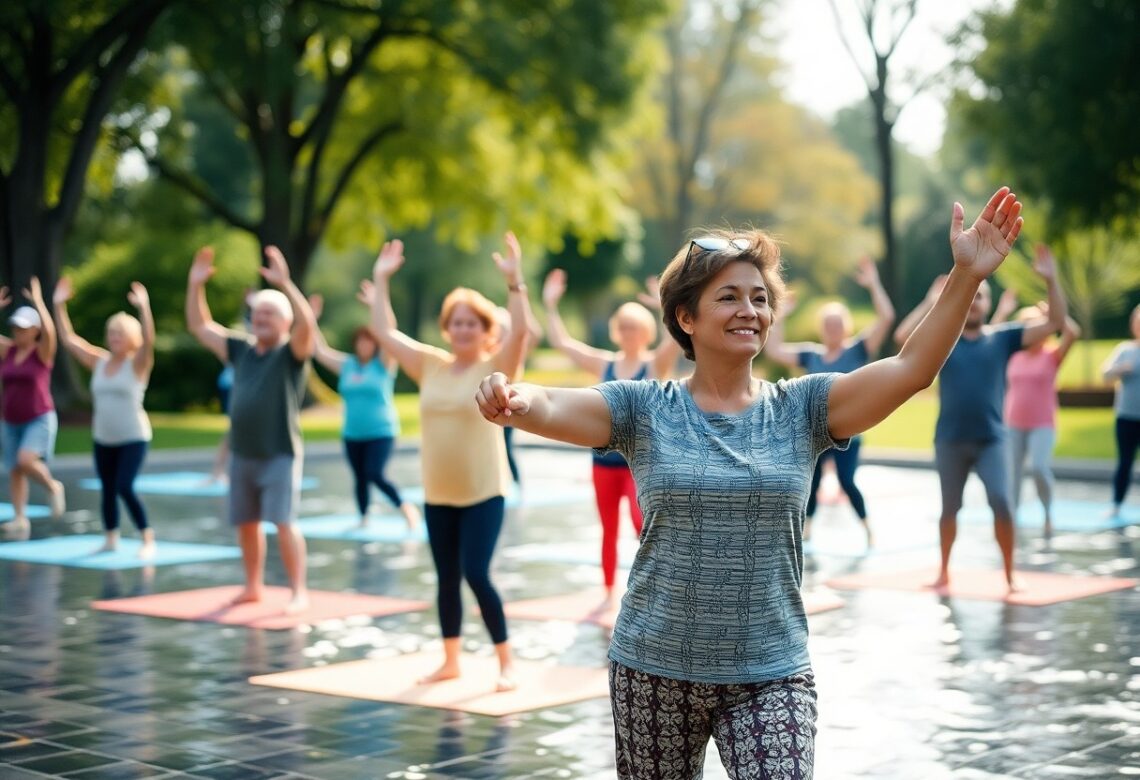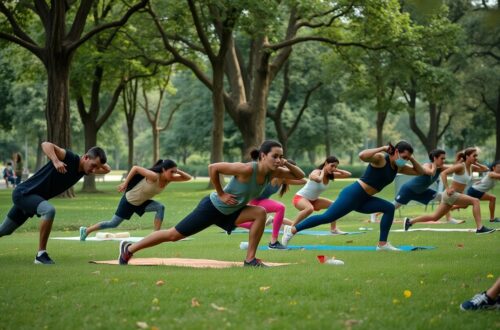It’s important to find a fitness routine that suits your lifestyle and body. Low-impact fitness offers a gentle way to stay active and improve your health without stressing your joints. Whether you’re starting your fitness journey or looking to switch things up, low-impact exercises can help you build strength, enhance endurance, and boost your mood. In this post, you’ll discover the top reasons to embrace low-impact fitness and how it can lead to a healthier, happier you.
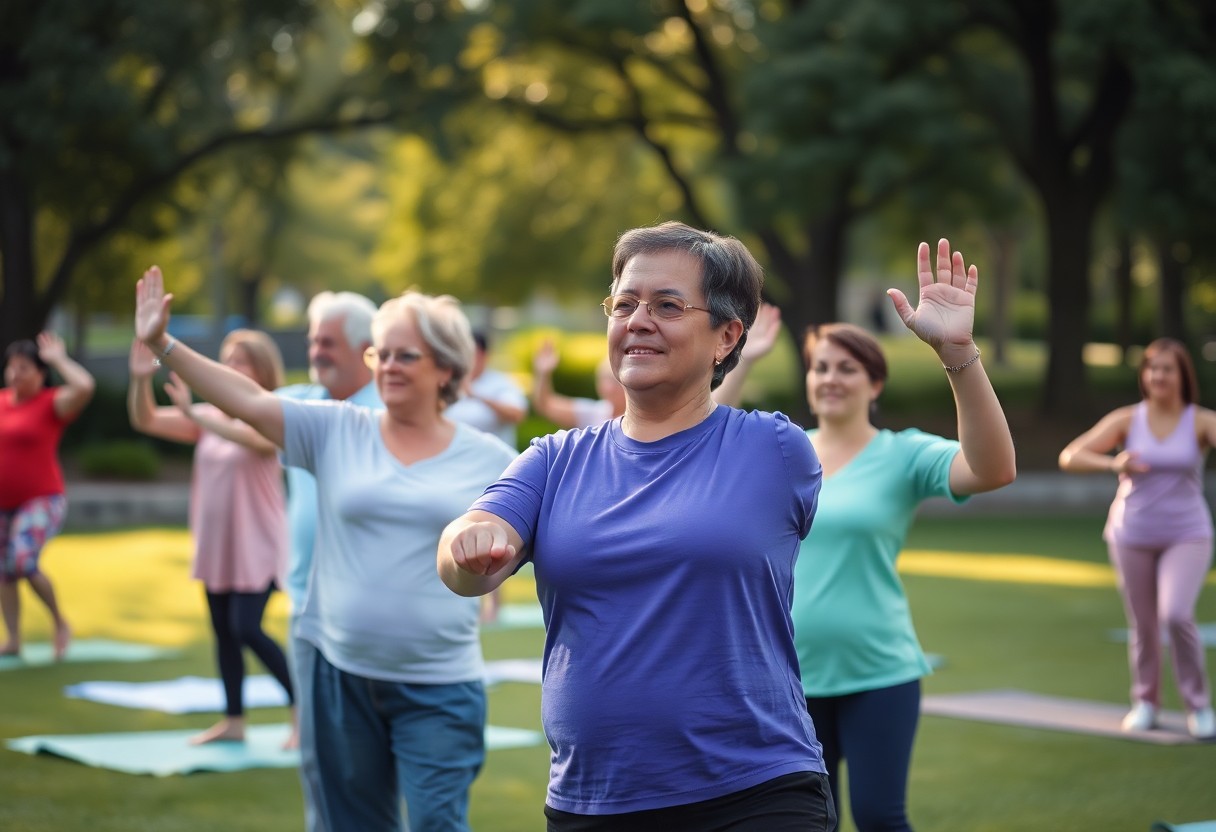
Key Takeaways:
- Low-impact fitness is gentle on your joints, making it suitable for all ages and fitness levels.
- This type of exercise helps improve overall health, including heart health, flexibility, and strength, without excessive strain.
- Starting a low-impact fitness routine can reduce stress and elevate mood, promoting mental well-being alongside physical health.
What is Low-Impact Fitness?
For many people, starting a fitness journey can feel overwhelming. Low-impact fitness offers an excellent way to improve your health without the strain of high-impact activities. These exercises are gentle on your joints and can be easily incorporated into your daily routine. They can help you get moving, build strength, and enhance your overall well-being without the risk of injury associated with more intense workouts.
Definition and Examples
Behind the term “low-impact fitness” are exercises designed to minimize stress on the body. These include activities such as walking, swimming, cycling, and yoga. These options allow you to work out effectively while protecting your joints and muscles from injury. For instance, walking briskly is an excellent way to increase your heart rate, while yoga helps with flexibility and relaxation.
Benefits of Low-Impact Activities
The benefits of low-impact activities extend beyond just physical health. Engaging in these exercises can lead to better mental health, increased energy levels, and improved flexibility. Low-impact exercises promote weight management and can reduce the risk of chronic diseases such as heart disease and diabetes. By choosing activities that suit your fitness level, you can enjoy workouts that are both effective and enjoyable.
Low-impact fitness exercises provide a host of benefits that can greatly enhance your life. They help improve your cardiovascular health, making your heart stronger. You can also build muscle and increase endurance without harsh strain, allowing you to work out longer. Furthermore, these activities are perfect if you have existing injuries or health concerns, making it easier to stay active and healthy. So, you can take control of your fitness journey with confidence and find joy in movement.
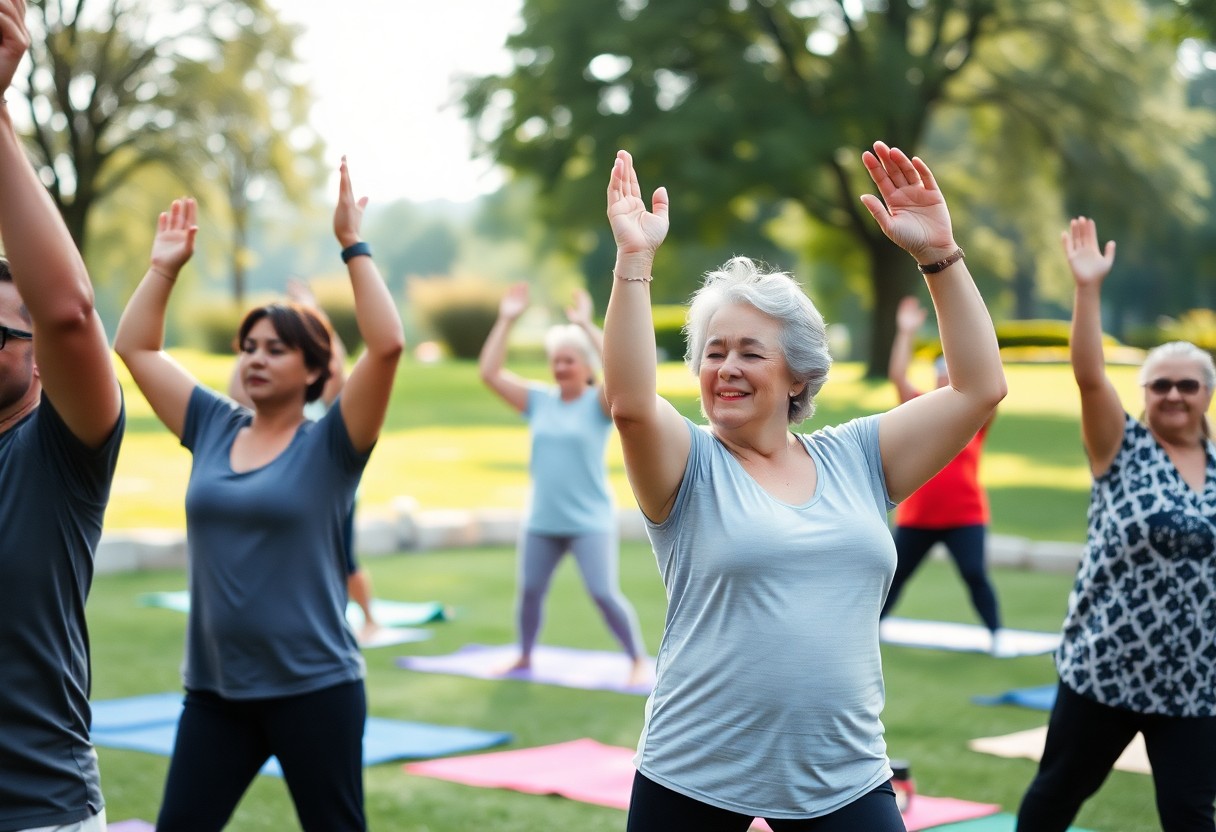
Key Reasons to Start Low-Impact Fitness
Now is the perfect time to explore low-impact fitness. This type of exercise can improve your health without putting too much strain on your body. It offers many benefits, including easier movements and a lower chance of injury. You can find more about Low-Impact Cardio: Benefits and Exercises that suit you.
Reducing Injury Risk
Risk of injury is lower with low-impact fitness. Traditional exercises, such as running, can be hard on your joints. Low-impact workouts give you effective alternatives that keep you safe while still getting your heart rate up. This is especially important if you have existing injuries or joint issues.
Suitable for All Fitness Levels
Reducing barriers to entry, low-impact fitness is suitable for all fitness levels. Whether you’re a beginner or more experienced, you can find activities that fit your needs. With low-impact options like swimming, cycling, or yoga, you can gradually build your strength and endurance. These exercises allow you to progress at your own pace, making it easier to stay engaged in your fitness journey.
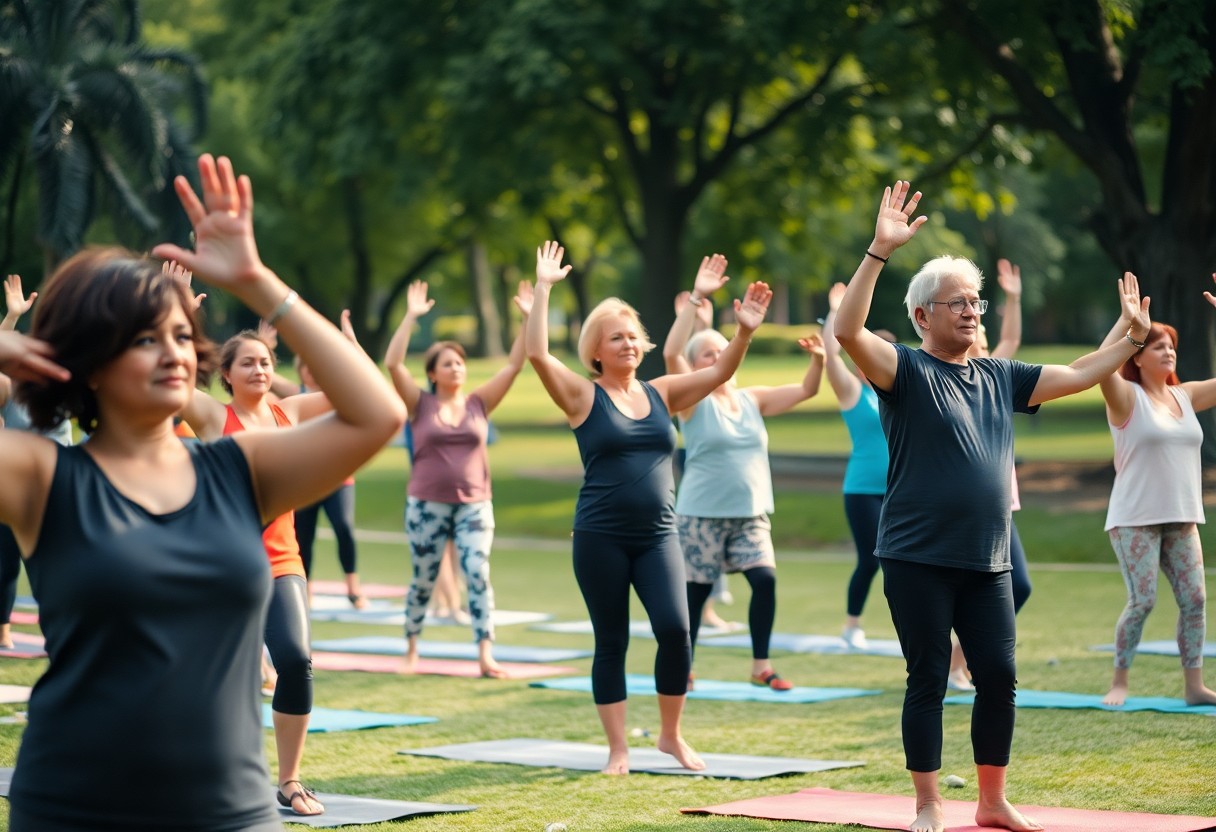
Improving Cardiovascular Health
Despite what you may think, low-impact fitness can greatly enhance your cardiovascular health. Activities like walking, swimming, or cycling are gentle on your body while still giving your heart the workout it needs. These exercises increase your heart rate without causing strain, which can help lower blood pressure and reduce the risk of heart disease. Engaging in low-impact workouts regularly can help you achieve better heart health over time.
Heart Health Benefits
Around 697,000 people die from heart disease each year in the United States. This statistic shows just how vital it is to take care of your heart. Low-impact fitness activities can build your heart strength and endurance, making it more efficient. By choosing these activities, you lower your risk of developing heart-related issues while improving your overall health.
Enhanced Blood Circulation
Enhanced blood circulation is another significant benefit of low-impact fitness. When you engage in these activities, your blood vessels expand, allowing more blood to flow through them. This increased circulation helps deliver oxygen and nutrients to your muscles and organs, which is important for your overall health.
The boost in blood flow from low-impact fitness also aids in faster recovery and energy levels. With better circulation, your body can remove waste products more efficiently, reducing fatigue. As a result, you may feel more energized and ready to tackle daily activities. Regular exercise can lead to lasting improvements in how your body functions, which can greatly enhance your quality of life.
Building Strength and Flexibility
Keep your body strong and flexible through low-impact fitness. This approach allows you to increase your strength without putting too much stress on your joints. Activities such as yoga and Pilates cultivate both qualities, helping you perform daily tasks more easily. As you engage in low-impact workouts, you will not only improve your physical capabilities but also foster better overall health.
Muscle Tone and Strength
Beside enhancing flexibility, low-impact fitness helps you tone your muscles and build strength. Regular practice of exercises like resistance training and bodyweight workouts allows your muscles to grow and become more defined. As you continue, you will notice improved muscle endurance, which can help in your everyday activities.
Increasing Range of Motion
Above all, low-impact exercise enhances your range of motion. This means you will be able to move more freely and comfortably in your daily life. Improved flexibility means less stiffness and better overall movement quality.
Even small increments in your range of motion can lead to significant benefits. By incorporating stretching and flexibility exercises into your routine, you improve the way your joints function. This can help reduce the risk of injuries and joint pain. Regular low-impact activities allow you to maintain mobility, which is vital for staying active as you age. As you stretch and build flexibility, you’ll find it easier to move through life with ease.
Mental Health Benefits
To improve your mental health, low-impact fitness routines offer numerous advantages. Engaging in these gentle exercises can help you feel more relaxed and happy. Regular activity increases the production of endorphins, which are chemicals in your brain that promote feelings of joy. You will find that focusing on your body during exercise can also help clear your mind and reduce anxiety, leading to a better emotional balance.
Stress Relief and Mood Boost
Across different studies, low-impact fitness has been shown to lower stress levels significantly. When you participate in activities like walking, swimming, or yoga, your body releases endorphins. This not only helps improve your mood but also reduces feelings of stress. You may find yourself feeling more peaceful and less overwhelmed by daily life.
Improved Sleep Quality
By incorporating low-impact workouts into your routine, you can enhance your sleep quality. Gentle exercises help regulate your body’s internal clock. They can also reduce insomnia symptoms and help you fall asleep faster. When you sleep better, you will feel more energized and focused during the day.
Also, research shows that people who exercise regularly report better sleep patterns. Low-impact fitness activities, such as yoga or light aerobics, can help relax your mind and body before bedtime. This can make it easier for you to drift off to sleep and enjoy a deeper, more restorative sleep. With improved sleep quality, you will feel more refreshed and ready to face each day.
Creating a Low-Impact Fitness Routine
All bodies can benefit from a low-impact fitness routine. Start by choosing activities that are easy on your joints but still provide a good workout. It’s imperative to establish a routine that fits your lifestyle and goals. Begin with 2-3 sessions per week and gradually increase as you become more comfortable. Balance different types of exercises to keep it fresh and enjoyable.
Types of Low-Impact Exercises
LowImpact exercises come in many forms. Here’s a quick list to help you start:
- Walking
- Swimming
- Cycling
- Yoga
- Pilates
Thou can mix and match these options to find what best suits you.
| Exercise Type | Description |
| Walking | Great for beginners and can be done anywhere. |
| Swimming | A full-body workout that’s easy on your joints. |
| Cycling | Good for building cardiovascular fitness. |
| Yoga | Improves flexibility and promotes relaxation. |
| Pilates | Focuses on core strength and stability. |
Tips for Getting Started
To launch your low-impact fitness journey, start with simple steps. Focus on what feels good for your body. Commit to at least 20-30 minutes of activity, 3-5 times a week. Listen to your body and adjust as needed. Consider finding a workout buddy to keep you motivated.
- Set realistic goals.
- Make a workout schedule.
- Choose activities you enjoy.
- Track your progress.
- Stay hydrated.
Thou can make these tips work for you to enjoy low-impact fitness.
Hence, it’s imperative to find what motivates you. Start gradually and find a community or fitness group that shares your interests. Don’t hesitate to ask for help or advice from trainers. Personalizing your approach will keep you engaged and excited about your fitness journey.
- Stay consistent with your routine.
- Discover new classes or online videos.
- Focus on your breathing during workouts.
- Incorporate strength training as you progress.
- Celebrate your milestones.
Thou can empower yourself to achieve better health through low-impact fitness.
Summing Up
Considering all points, starting low-impact fitness can be a game-changer for your health. You can improve your strength, flexibility, and overall well-being while reducing the risk of injury. Low-impact exercises are perfect for all fitness levels and can be easily incorporated into your routine. By making this switch, you’ll not only enhance your physical health but also boost your mood and energy levels. So, take the first step towards a healthier you with low-impact fitness today!
Top Reasons to Start Low-Impact Fitness for Improved Health
Low-impact fitness is a fantastic way to improve your health without putting too much stress on your joints. Whether you’re a beginner or someone looking to change your routine, low-impact workouts offer many benefits. Here are some top reasons to get started.
1. Gentle on Your Joints
Low-impact exercises, like swimming, cycling, and walking, are easier on your body. They reduce the risk of injury compared to high-impact activities. This is great news if you have joint pain or want to avoid future injuries.
2. Suitable for All Fitness Levels
You don’t need to be an expert to start low-impact fitness. It is suitable for everyone, whether you’re just starting your fitness journey or are an experienced athlete. You can easily adjust the intensity to match your ability.
3. Improves Cardiovascular Health
Engaging in regular low-impact workouts can boost your heart health. Activities like brisk walking or gentle cycling can help lower blood pressure and improve circulation.
4. Helpful for Weight Management
Finding the right workout can help with weight loss or maintenance. Low-impact exercises can burn calories and improve metabolism, making it easier to manage your weight over time.
5. Enhances Flexibility and Balance
Many low-impact exercises also help with balance and flexibility. Yoga and Pilates, for instance, strengthen your core and improve coordination, which is beneficial, especially as we age.
Frequently Asked Questions (FAQ)
Q: What types of exercises are considered low-impact?
A: Low-impact exercises include walking, swimming, cycling, and yoga. These activities are easier on the body and suitable for many fitness levels.
Q: Can low-impact exercise help with weight loss?
A: Yes, low-impact exercise can aid in weight loss. It can burn calories and build muscle, which helps improve metabolism over time.
Q: Do I need special equipment for low-impact workouts?
A: Not necessarily. Many low-impact exercises can be done without equipment. For instance, walking and yoga require little to no gear. However, items like resistance bands or light weights can enhance some workouts.
Q: Is low-impact fitness effective for building strength?
A: Absolutely! While it may seem less intense than high-impact workouts, low-impact exercises can still build strength, especially when you use resistance or increase repetitions.
Q: How often should I do low-impact workouts?
A: It’s recommended to aim for at least 150 minutes of moderate exercise each week. You can break this down into manageable sessions throughout the week to fit your schedule.
Key Takeaways
– Low-impact fitness is gentle on joints and suitable for all levels.
– Regular practice can improve heart health and help with weight management.
– Activities like yoga and Pilates enhance flexibility and balance.
– You don’t need much equipment to get started.
– Aim for regular sessions to reap the health benefits.
Starting a low-impact fitness routine is a smart step towards better health. It’s enjoyable and can fit into any lifestyle. So, why not start today? Take a walk, join a yoga class, or try cycling. Your body will thank you!
